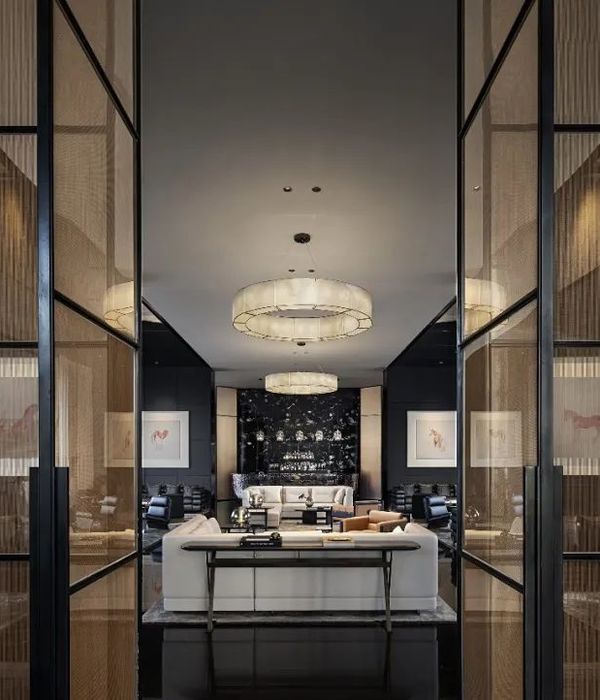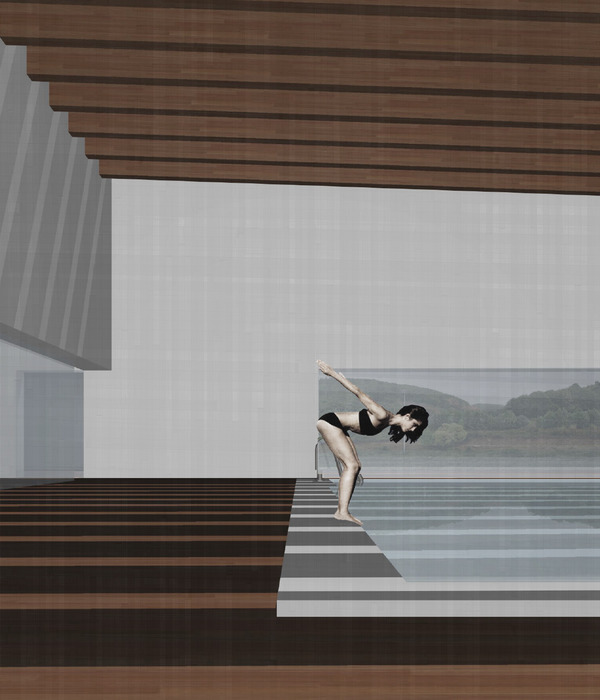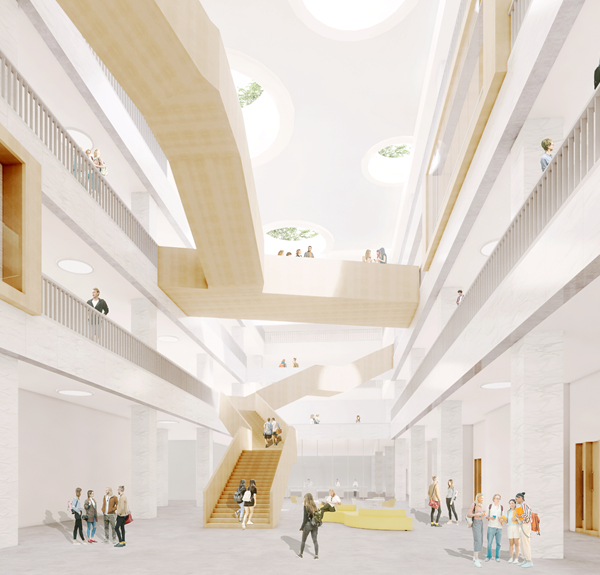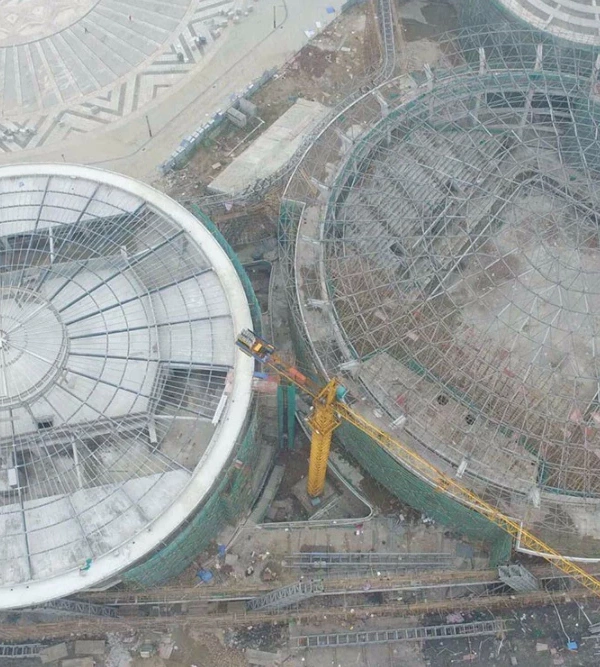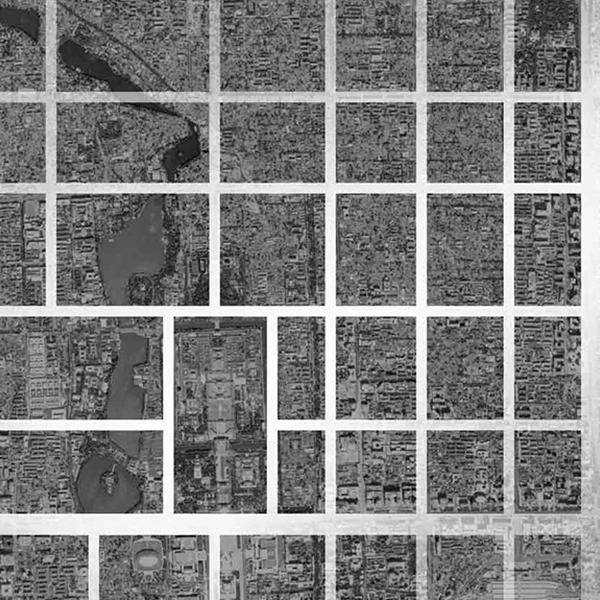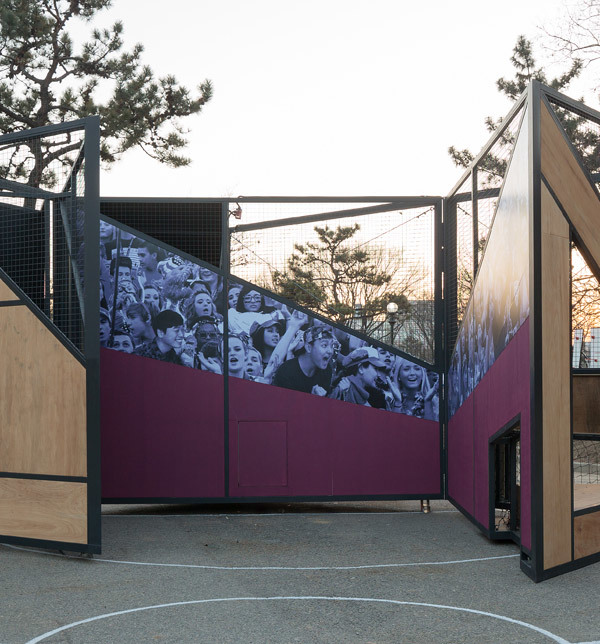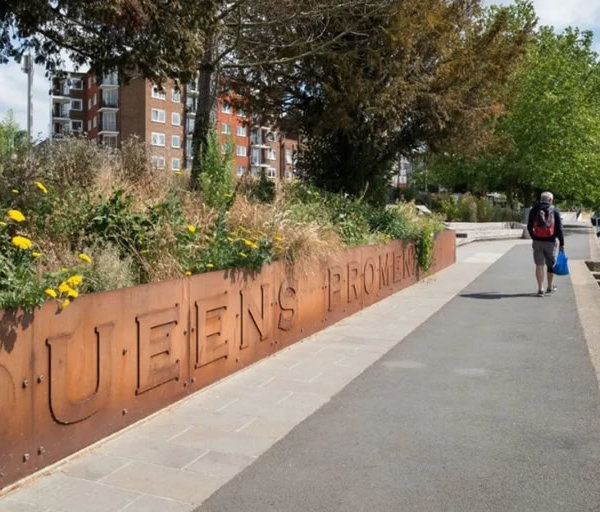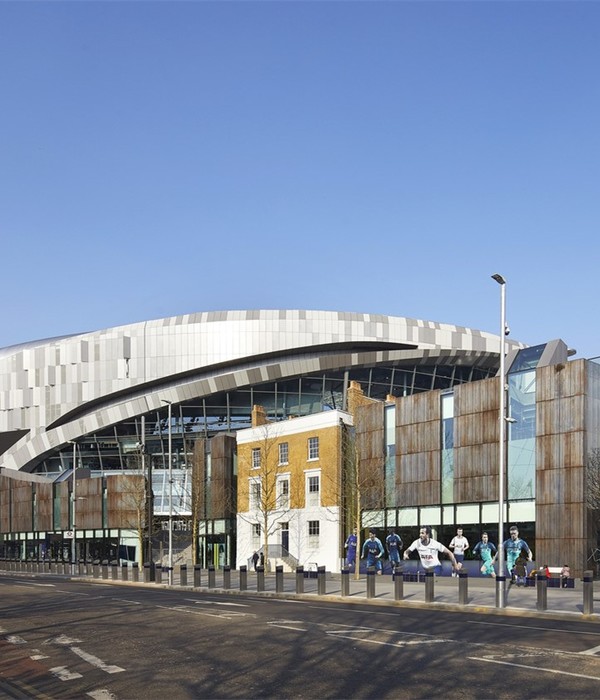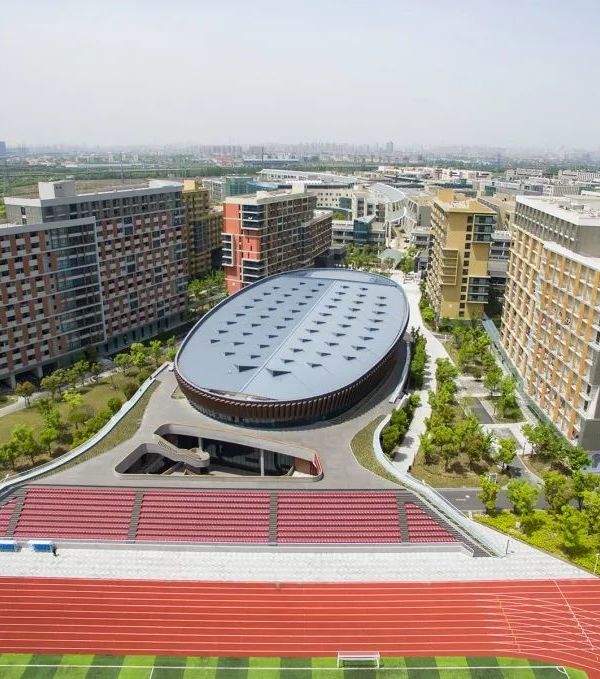This is a museum built around a specific collection, where everything is designed to evoke an emotional response to the primary object, to protect it from light, but also to capture that rare ray of light indispensable to make it vibrate and awaken its spirituality. In a place inhabited by symbols of forests and rivers, by obsessions of death and oblivion, it is an asylum for censored and cast off works from Australia and the Americas. It is a loaded place haunted with dialogues between the ancestral spirits of men, who, in discovering their human condition, invented gods and beliefs. It is a place that is unique and strange, poetic and unsettling.
Its architecture must challenge our current Western creative expressions. Away, then, with the structures, mechanical systems, with curtain walls, with emergency staircases, parapets, false ceilings, projectors, pedestals, showcases. If their functions must be retained, they must disappear from our view and our consciousness, vanish before the sacred objects so we may enter into communion with them. This is, of course easy to say but difficult to achieve...
The resulting architecture has an unexpected character. Is it an archaic object? A regression? No, quite the contrary, for in order to obtain this result the most advanced techniques are used: windows are very large and very transparent, and often printed with huge photographs; tall randomly-placed pillars could be mistaken for trees or totems; the wooden sunscreens support photovoltaic cells. The means are unimportant- it is the results that count: what is solid seems to disappear, giving the impression that the museum is a simple façade-less shelter in the middle of a wood. When dematerialization encounters the expression of signs, it becomes selective; here illusion cradles the work of art.
All that remains is to invent the poetry of the site by a gentle discrepancy: a Parisian garden becomes a sacred wood, with a museum dissolving in its depths.
{{item.text_origin}}


